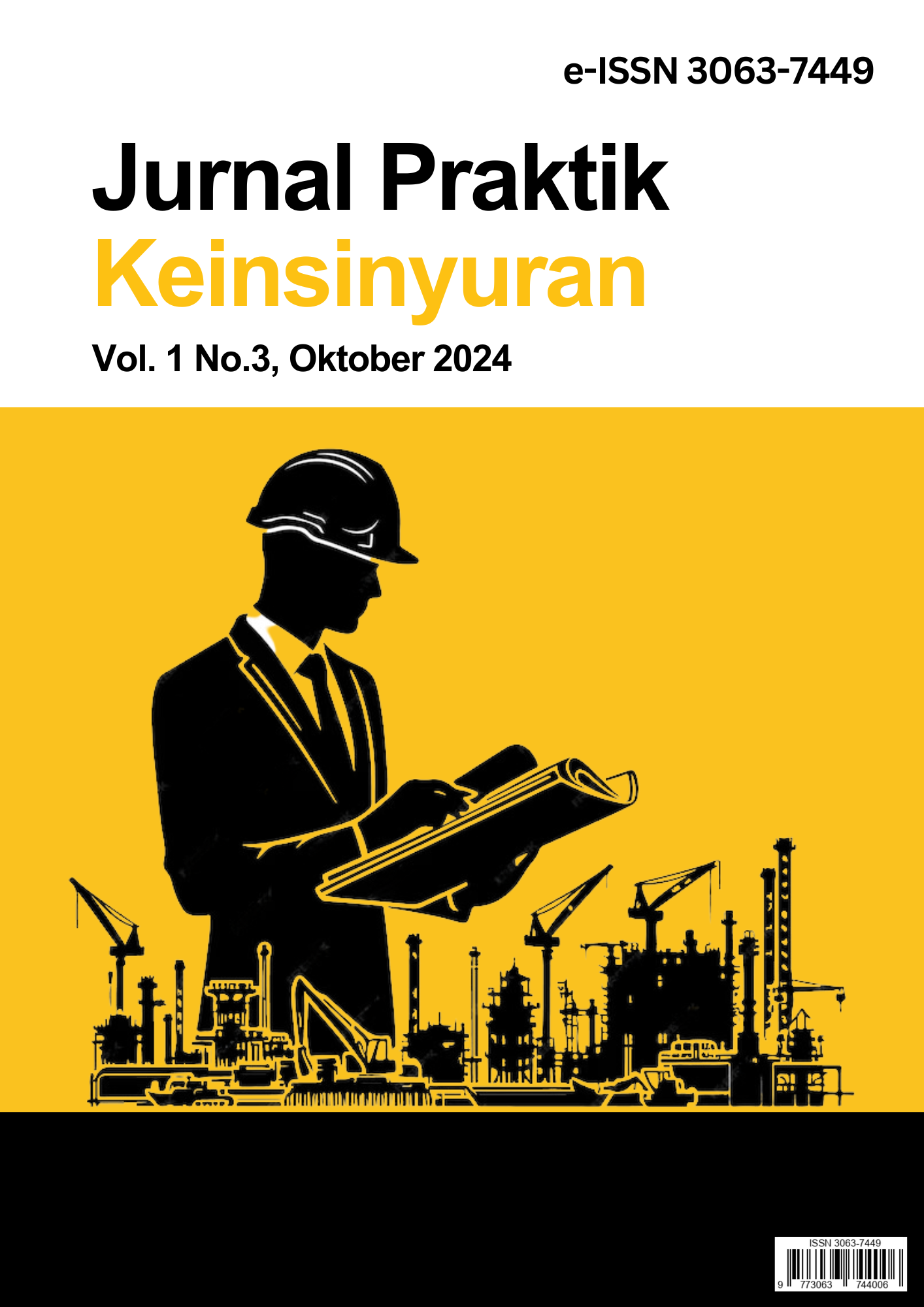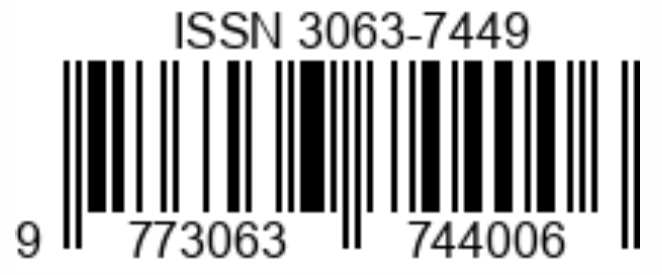Penilaian Perpanjangan Sisa Umur Layan (Residual Life Assessment) Overhead Crane Menggunakan Metode Fatigue Life
DOI:
https://doi.org/10.25170/jpk.v1i03.6405Keywords:
Lifting Equipment, Fatigue, Remaining LifeAbstract
In the oil and gas industry, the reliability of equipment needs to be maintained. According to Regulation of the Minister of Energy and Mineral Resources Number 32 of 2021, equipment or installations that are known or assumed to have reached the end of their design life must have their service life extended using a methodology that is in accordance with the type of equipment or installation. This article explains the calculation of remaining service life using the fatigue life method. The calculation is carried out with guidance of AISC 360-16, while the technical data was obtained from manufacturer data, inspection history, and usage history. The results showed that the lifting equipment can be declared to have its service life extended with a remaining life 83312 years for infrequent usage, 33312 years for moderate usage, and 16645 years for heavy usage. This large age is due to the equivalent stress which tends to be small compared to the allowable stress, so the theoretical load cycle may be infinite. In this calculation, the number of cycles allowed is limited to 108 years.
References
American Institute of Steel Construction (AISC). (2016). AISC 360: Specification for Structural Steel Building. USA: AISC.
American Petroleum Institute (API). (2016). API RP 2D: Recommended Practice for Operation and Maintenacen of Offshore Crane. USA: API.
American Society of Mechanical Engineers (ASME). (2022). ASME B30.2: Overhead and Gantry Cranes. USA: ASME.
Fisher, J. M., & Van De Pas, J. P. (2002). New Fatigue Provision for the Design of Crane Runway Girders. Engineering Journal, 39 (2), 65-73.
Kementerian Energi dan Sumber Daya Mineral (ESDM). (2021). Peraturan Menteri Energi dan Sumber Daya Mineral (ESDM) No. 32 tentang Inspeksi Teknis dan Pemeriksaan Keselamatan Instalasi dan Peralatan pada Kegiatan Usaha Minyak dan Gas Bumi. Jakarta: Kementerian ESDM RI.




